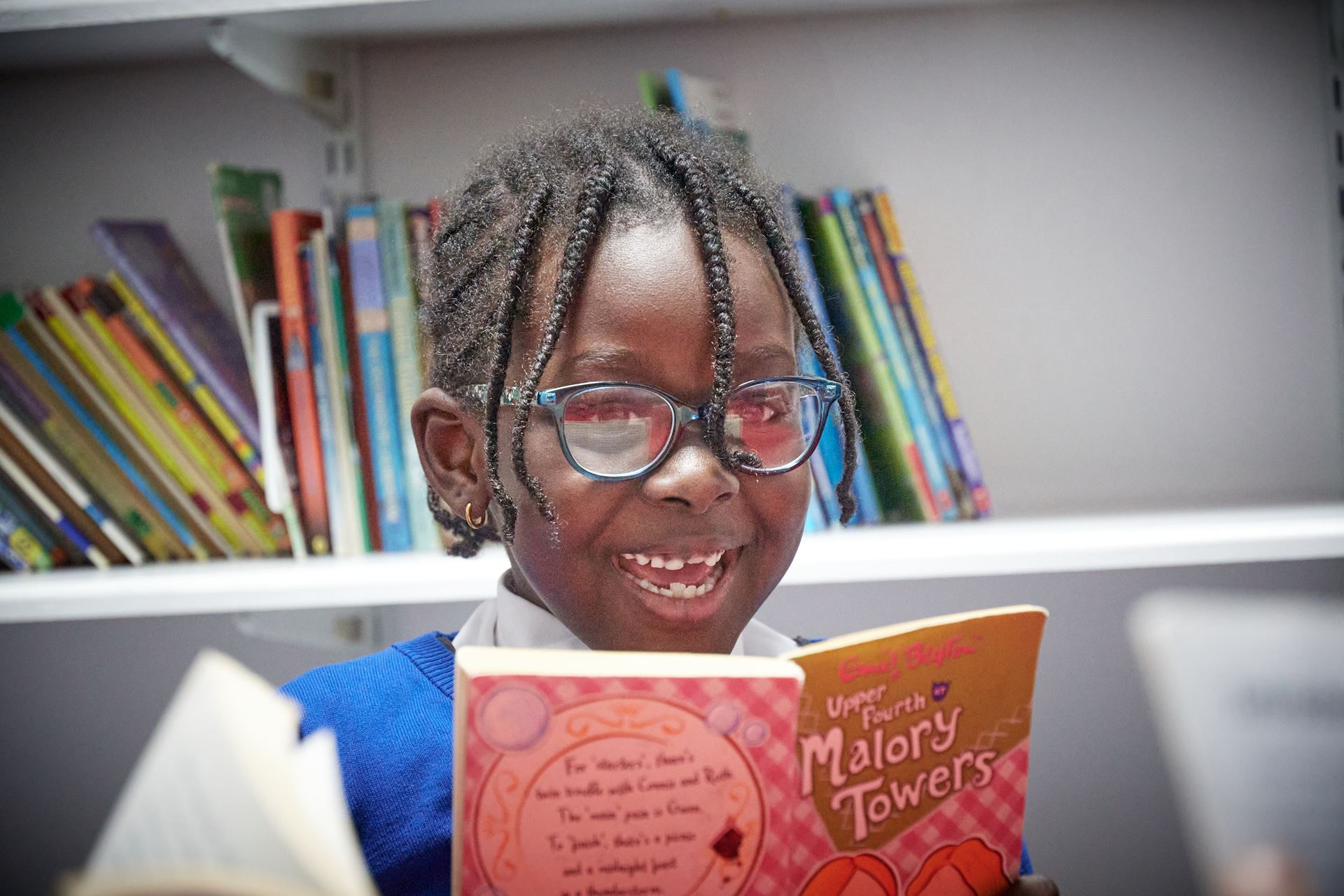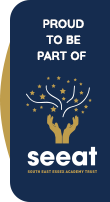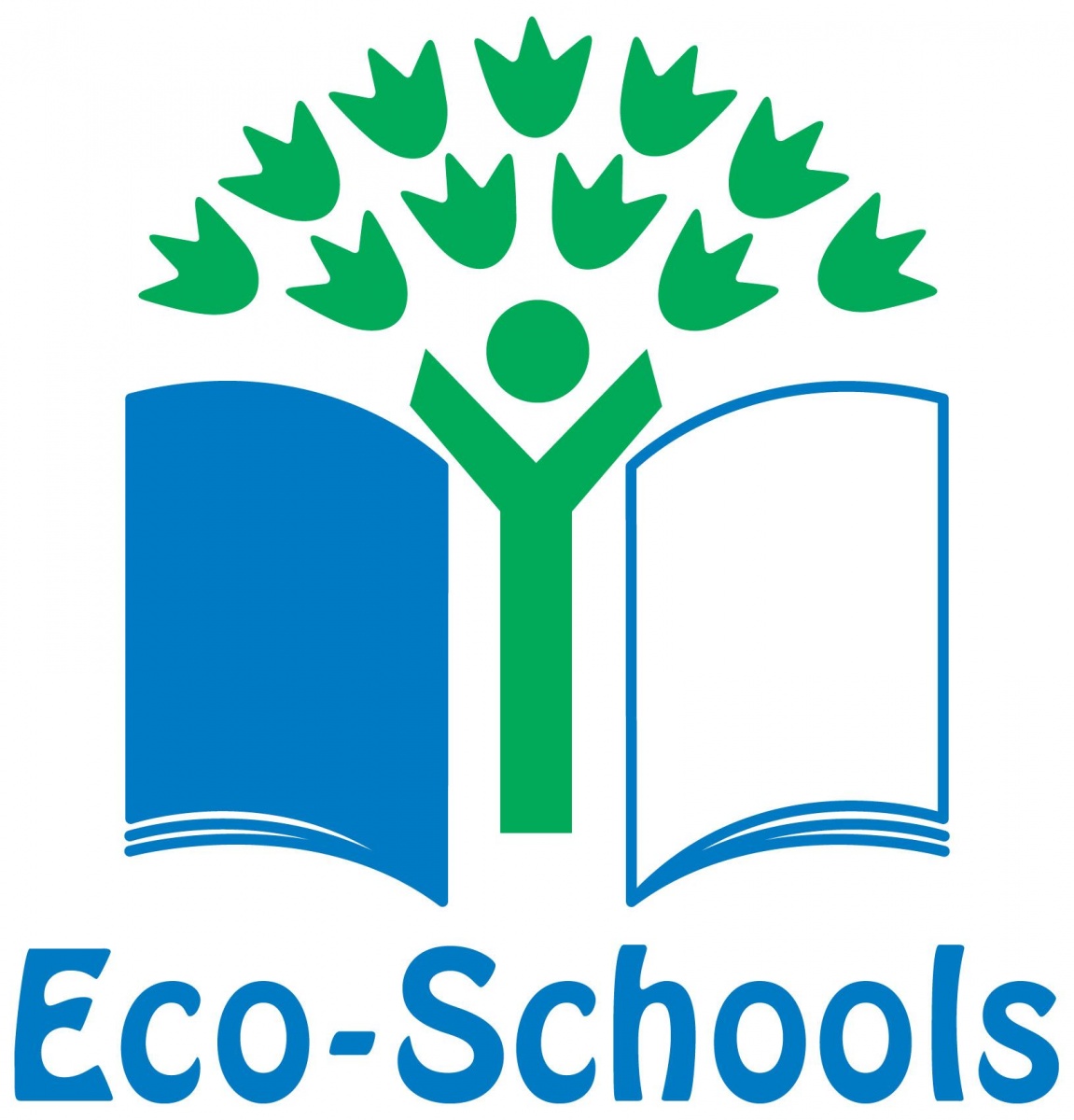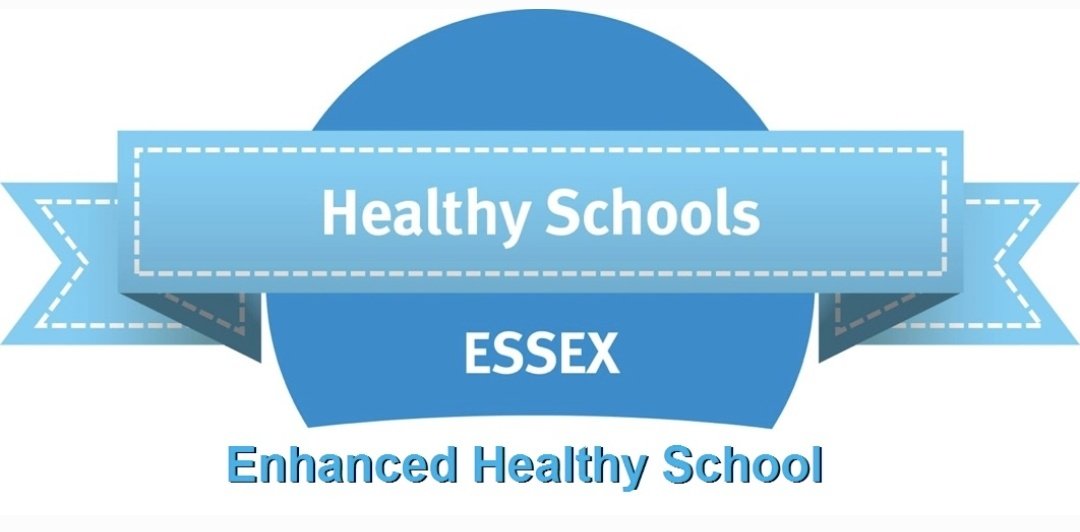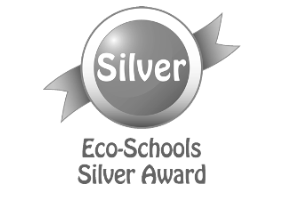
As English Lead, Mrs Hill brings a deep passion for reading and a firm belief in the power of high-quality literature to inspire, challenge, and delight young learners. She is dedicated to developing children as confident readers and writers, ensuring rich, engaging texts feature through our curriculum at every stage. Mrs Hill places a strong emphasis on key transcription skills — including accurate spelling, fluent handwriting, and confident sentence construction — recognising their vital role in children becoming secure, expressive writers.
At RPS we champion the development of oracy skills, creating opportunities for pupils to speak with clarity, confidence, and purpose. Our commitment helps nurture a love of language that supports children both in the classroom and beyond.
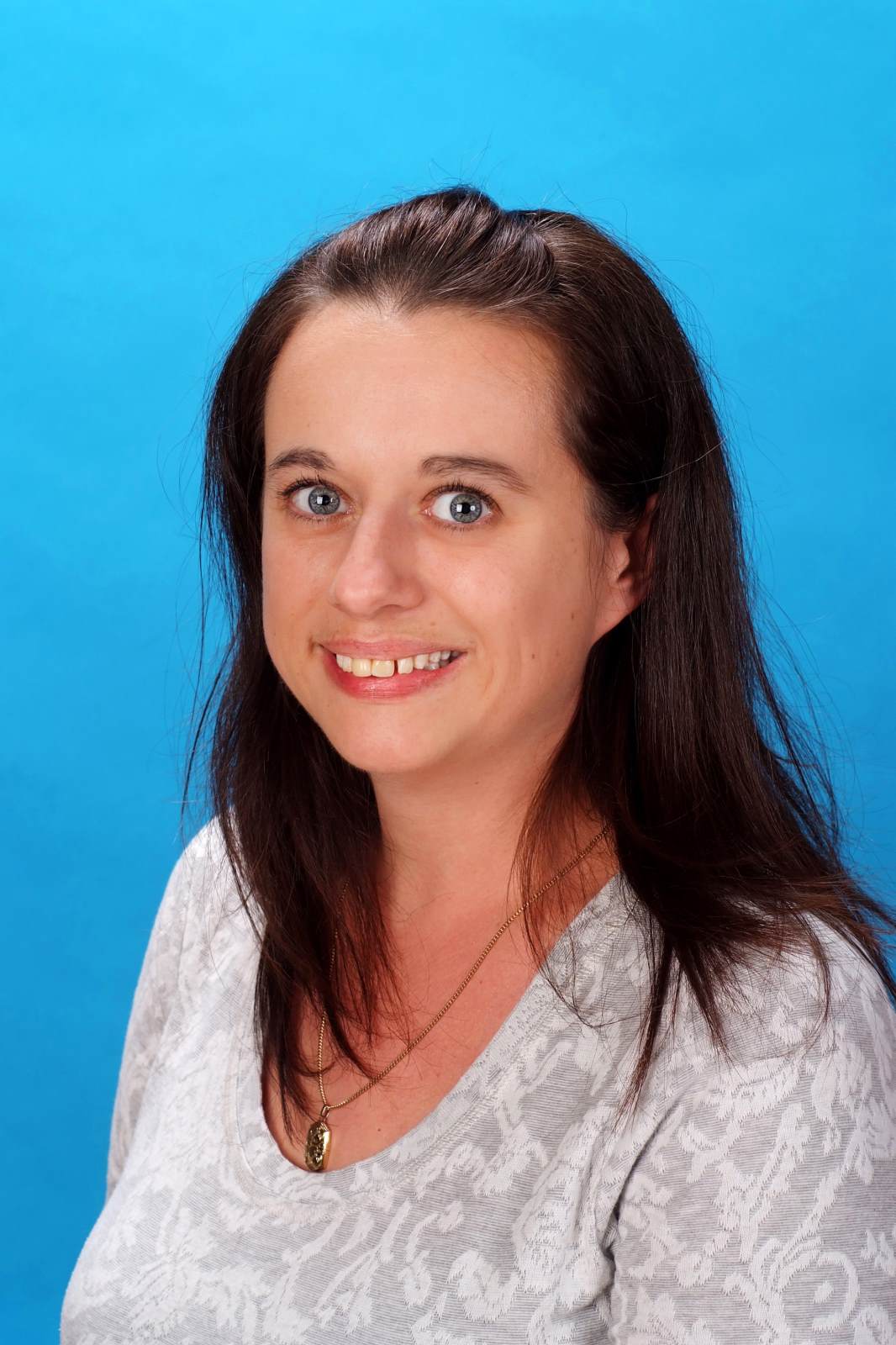
At RPS we use a combination of teaching strategies to deliver a text-based English Curriculum.
Writing Curriculum
At the heart of our writing curriculum, we use Pie Corbett’s Talk for Writing. This approach combines oral rehearsal of texts, storytelling, planning, drafting, and innovating a piece of writing, enabling children to create independent pieces with a clear audience and purpose. To ensure children are exposed to a wide range of texts, each unit is built around a selection of interesting books. In every unit, we develop key skills in sentence construction and punctuation.
To enrich our English curriculum, we also use Creative Writing through the Arts. This approach uses a range of creative stimuli and activities to inspire ideas for writing and improve vocabulary. These combined skills enable children to become independent, creative writers.
Reading Curriculum
Reading allows our children the opportunity to delve into other worlds, learn from the past, grow their imagination, and peer into the lives of others. It is an integral part of understanding how language functions in everyday life. Through reading, we can share the knowledge, views, experiences, and imaginations of others. At RPS, we believe that a love of reading supports and enriches all areas of the curriculum.
Reading Choices
In school, we develop a love of reading and encourage children to take ownership of what they read through an approach called Reading Choices. Each class has its own library containing a wide variety of appropriately levelled books. All children are taught how to make a good reading choice. Books are recorded and choices monitored. We aim to provide a book collection that is up to date and reflects a broad range of reading material. There are classroom collections as well as a central library area. The collections are diverse and include fiction, non-fiction, encyclopaedias, poetry, books from other cultures, books created by children, songbooks, audiobooks, and magazines/newspapers.
To support our younger readers, appropriate classes have an additional collection of books called learning choices. This collection is made up of phonics-focused reading books (Phonics Shed), and we encourage children to read and share books that match the phonics lessons being taught in class.
Learning to Read
Class teachers use a variety of techniques to introduce and consolidate reading skills and comprehension. These include whole-class active reading to discuss, question, debate, and compare texts; guided group sessions to teach focused reading skills; and independent sustained reading time for children to read quietly and select books. Children are also given opportunities to regularly share books with adults and peers.
Questioning during reading enables us to develop children’s comprehension. We use question stems and open-ended questioning strategies to ensure that children experience a range of question types and develop key reading skills, including vocabulary, inference, prediction, explanation, retrieval, and summarising.
Reading to our children is a much-loved daily moment of the school day. This may be an end-of-day story, a newspaper article, a poem, or passages from relevant non-fiction texts. Reading aloud helps to promote the value of reading and fosters a love of stories and shared books.
We encourage children to take books home to share with their families, and an electronic reading record (Boom Reader) is provided for parents and children to use together. Reading challenges are used to encourage children to broaden their reading choices and to reward them for reading a collection of books.

